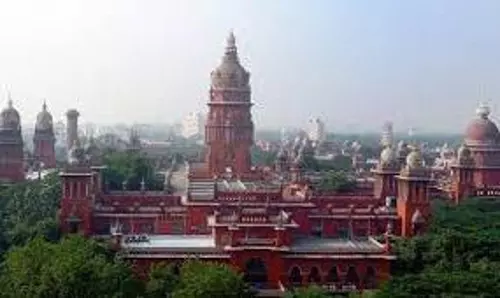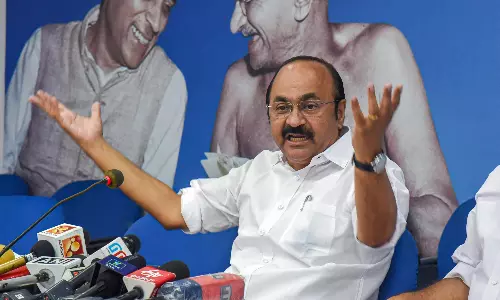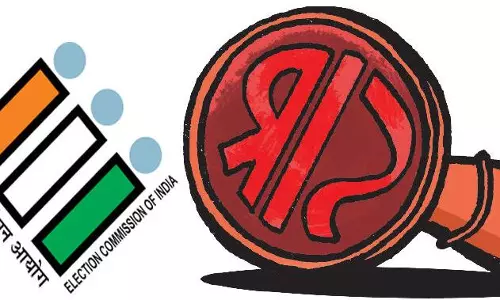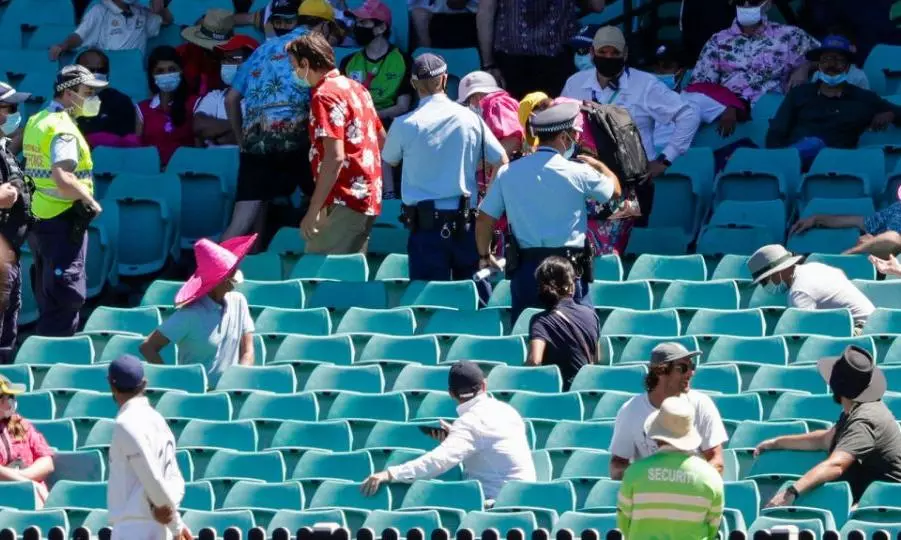
Racial slur from the gallery
text_fieldsThe semi-final match of the 2011 World Cup Cricket between India and Pakistan was not only a tussle between two traditional rivals. The Mohali cricket stadium then witnessed much more than that which assumed the dimensions of a great political occasion. In the backdrop of the Mumbai terrorist attacks and the worsening of the bilateral ties, when the heads of governments of the two nations saw it as a golden opportunity to break fences. Thus what would have been a mere one-day 'match' evolved into a wider 'cricket diplomacy'. Indian prime minister Dr Manmohan singh himself took the initiative for that by inviting Pak prime minister Yousaf Raza Gillani to witness the match. He came to Mohali and watched the match in the company of his Indian counterpart which set the stage for a new friendship across the border. Although that cricket-borne camaraderie gave way to resumed hostilities, it is undeniable that it had achieved what traditional diplomatic talks could not do. No platform would be more capable of breaking the fences built along national, racial and religious lines so beautifully than the playing field and its peripheries.
However, there is a flip side to it. There are as many instances of the cheer from the gallery leading to restoration of peace as there are also of the shrieks of the stadium triggering strife. Occasions have been there of a yelling gallery unleashing racism of nations and mobs. What happened the other day in Sydney Cricket Ground (SCG) during the India-Australia test match was one such wholly condemnable episode. This time the victims of racist remarks were Indian bowlers Mohammad Siraj and Jasprit Bumrah.
One is prompted to recall the landmark incident at the medal podium of 1968 Mexico Olympics where American athletes Tomy Smith and John Carlos made their 'black power salute' with heads bowed. Their raised black-gloved fists that day carried a message against racial discrimination, a gesture with which the sporting world came in solidarity. Ever since then, sports bodies have implemented diverse measures to resist racism, but the playgrounds and gallery have not stopped becoming the venue of racist abuses. And cricket, touted as the 'gentleman's game', has not remained an exception either. It was at the same time of Smith and Carlos signalling their protest that the African-origin English cricketer Basil D'Oliveira became a victim of racist abuse. When the then South African prime minister BJ Vorster asserted that the English contingent need not come to South Africa with players of black race like D'Oliveira, that very series had to be called off. And on that ground, the cricket body ICC expelled South Africa for a long period. But the kind of reprehensible act kept repeating in many forms.
Examples of ugly racism abound, from the West Indies cricketer Colin Croft being thrown off a 'white-only' train in South Africa for the reason of colour to the incident of Siraj and Bumrah hearing 'monkey' calls. It may be accidental that the SCG of Australia, where scores of stars were so insulted, has been the scene of most such incidents. The racism-infected gallery there had not spared even Australian star Usman Khawaja, a Pak-origin player. In the latest incident at SCG, it is laudable that the entire cricketing world has unanimously denounced it. The match referee intervened promptly and expelled the trouble makers right away. It is also welcome that ICC and Cricket Australia are moving towards stern measures.
Although calls and cries of prejudice have at all times been raised from stands, a closer analysis would also show that there has been a change of late. The slogans of Islamophobia which the far-right advocates incessantly raise, are also often heard from the stadia. A commentator had used the epithet 'extremist' to refer to South African cricketer Hashim Amla. When Amla took a wicket against Sri Lanka, a comment from the commentator box was that 'the extremist claims one more wocket'. During the Ashes test in 2015, an Australian player called English Moeen Ali as 'Osama' in an incident that made hit headlines. The by now common incidents in Europe and some other parts spectators insulting immigrant players asking them to return to their own countries, has to be seen as part of the phenomenon of rampant anti-immigrant propaganda. And during many football matches in Germany and France, the singing of racist and anti-immigration Nazi songs has become routine. In other words, the slogans howled by far-right factions of racism and Islamophobia, are now flowing to the gallery too. Unless this spurious tendency is not prevented, the world will lose one more space where men and women meet forgetting all their differences.























